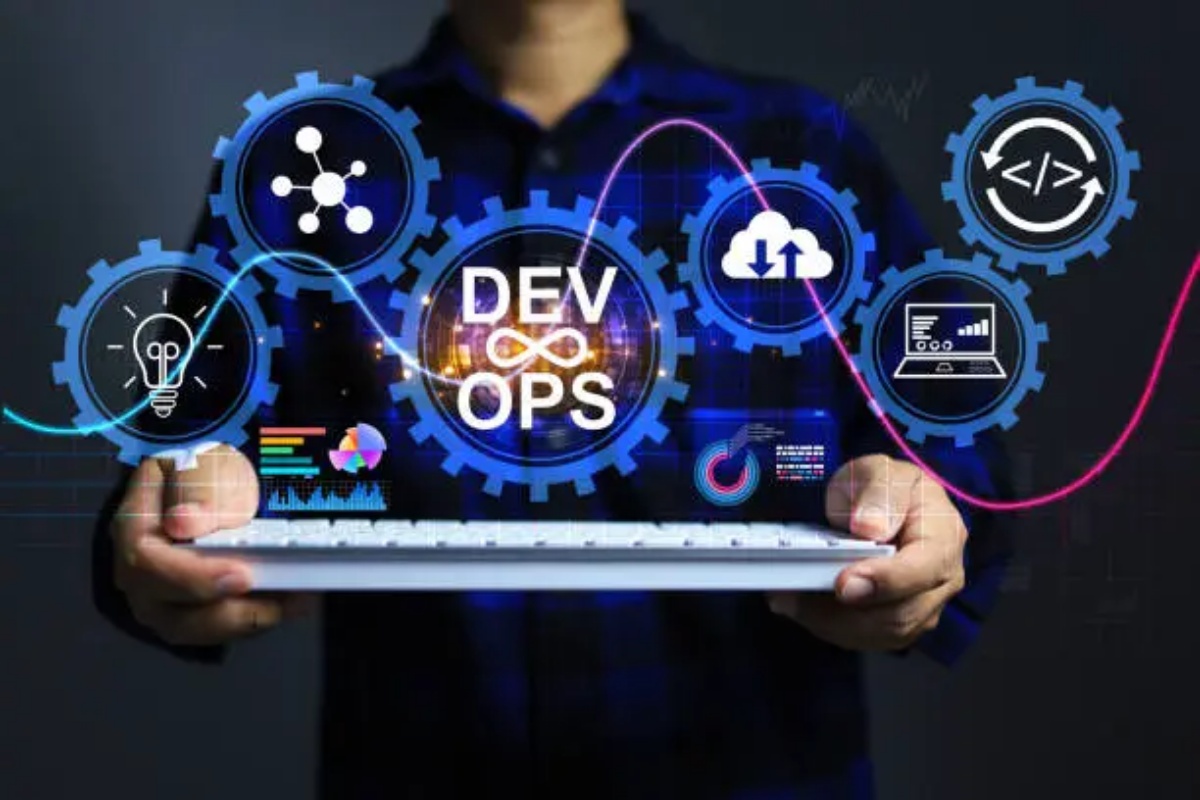In the rapidly evolving world of software development and IT operations, DevOps has emerged as a game-changer. It bridges the gap between development and operations teams, fostering a culture of collaboration, automation, and continuous improvement. However, one of the most critical yet often underappreciated aspects of the DevOps lifecycle is monitoring.
Monitoring is not just about keeping an eye on server uptime or CPU usage anymore—it’s about understanding the complete health, performance, and behavior of applications, infrastructure, and user experience. This is where DevOps monitoring tools come into play.
In this blog, we’ll take a deep dive into some of the best DevOps monitoring tools, exploring their features, use cases, advantages, and how they fit into a modern DevOps pipeline.
Why Monitoring is Crucial in DevOps
Before diving into the tools, let’s understand why monitoring is essential in DevOps:
- Real-Time Visibility: Gain insights into applications and infrastructure in real-time.
- Faster Incident Response: Detect anomalies and performance issues before they affect end users.
- Proactive Problem Solving: Prevent outages with predictive analytics.
- Continuous Feedback Loop: Ensure smooth CI/CD processes with live feedback from production.
- Improved Customer Experience: A stable and high-performing system leads to better user satisfaction.
Now, let’s explore the top DevOps monitoring tools that empower organizations to achieve these outcomes.
1. Prometheus
Prometheus is an open-source systems monitoring and alerting toolkit originally built at SoundCloud. It has become a de facto standard in Kubernetes monitoring.
Key Features:
- Powerful multi-dimensional data model
- Time-series database with flexible queries
- Integration with Grafana for visualizations
- Native support for Kubernetes
- Alerting with Alertmanager
Best For:
- Cloud-native applications
- Kubernetes environments
- Teams needing customizable alerting and visualization
2. Grafana
While Grafana is primarily a visualization tool, it plays a critical role in monitoring when combined with data sources like Prometheus, InfluxDB, or Elasticsearch.
Key Features:
- Stunning dashboards and charts
- Supports multiple data sources
- Alerting and notifications
- Community-built plugins
Best For:
- Teams looking for real-time dashboards
- Complex data visualizations
- Pairing with other monitoring solutions
3. Datadog
Datadog is a cloud-based monitoring and analytics platform for developers, IT operations teams, and business users.
Key Features:
- Full-stack observability: infrastructure, APM, logs, and security
- AI-driven alerts
- Seamless cloud integration (AWS, Azure, GCP)
- Real-time dashboards
- Supports over 600 integrations
Best For:
- Enterprises with complex, multi-cloud environments
- Teams looking for an all-in-one solution
- SaaS monitoring
4. New Relic
New Relic offers comprehensive observability across your software stack—from frontend to backend.
Key Features:
- Application performance monitoring (APM)
- Infrastructure monitoring
- Real-time user monitoring (RUM)
- Distributed tracing
- Custom dashboards
Best For:
- Performance optimization
- Observing complex microservices architecture
- DevOps teams needing end-to-end visibility
5. Nagios
A veteran in the monitoring space, Nagios provides robust infrastructure monitoring and alerting.
Key Features:
- Monitor servers, network devices, applications
- Alerting and incident management
- Extensible with plugins
- Strong community support
Best For:
- Traditional IT infrastructure
- Hybrid environments
- Teams comfortable with manual configuration
6. Zabbix
Zabbix is another open-source enterprise-level monitoring solution with great flexibility.
Key Features:
- Agent-based and agentless monitoring
- Real-time performance tracking
- Auto-discovery of network devices
- Powerful alerting engine
Best For:
- Enterprises and data centers
- Network administrators
- Open-source enthusiasts
7. Elastic Stack (ELK Stack)
Comprising Elasticsearch, Logstash, and Kibana, the ELK Stack is widely used for log monitoring and analysis.
Key Features:
- Centralized logging and analytics
- Scalable search and visualization
- Custom dashboards with Kibana
- Log parsing and enrichment with Logstash
Best For:
- DevOps teams focused on log analysis
- Complex search requirements
- Event correlation and troubleshooting
8. Splunk
Splunk is a powerful platform for searching, monitoring, and analyzing machine-generated big data.
Key Features:
- AI-driven log analytics
- Real-time alerts
- Custom dashboards
- Integration with DevOps toolchains
Best For:
- Enterprises handling large volumes of log data
- Security operations (SIEM)
- Compliance and auditing
9. AppDynamics
Now part of Cisco, AppDynamics is an APM tool that helps monitor application performance and user experience.
Key Features:
- End-to-end business transaction monitoring
- Code-level diagnostics
- AI-powered root cause analysis
- Integration with CI/CD tools
Best For:
- Performance-driven DevOps teams
- Application-centric monitoring
- Business impact analysis
10. Sentry
Sentry is an open-source error tracking tool that helps developers monitor and fix crashes in real time.
Key Features:
- Real-time error tracking
- Stack traces and contextual metadata
- Support for many languages (JavaScript, Python, Go, etc.)
- GitHub and Slack integration
Best For:
- Developer-centric teams
- Frontend and backend error monitoring
- Debugging and rapid issue resolution
How to Choose the Right DevOps Monitoring Tool?
Choosing the right tool depends on multiple factors:
| Criteria | Considerations |
|---|---|
| Scale | Small startup vs large enterprise |
| Environment | Cloud-native, on-premise, hybrid, containers/Kubernetes |
| Budget | Open-source vs Commercial |
| Integration | Compatibility with existing tools (CI/CD, ticketing, cloud) |
| Ease of Use | UI, setup complexity, documentation |
| Security & Compliance | Data protection, auditing, role-based access |
It’s common (and recommended) to use a combination of tools to cover all aspects—metrics, logs, traces, and alerts—known as the “three pillars of observability.”
Final Thoughts
Monitoring is no longer optional in modern DevOps practices—it’s the lifeline of your software delivery process. The tools listed above offer diverse capabilities, from real-time monitoring to proactive alerting, deep insights, and actionable intelligence.
Whether you’re a startup scaling rapidly or an enterprise managing complex infrastructures, there’s a DevOps monitoring tool out there tailored to your needs. The key is to evaluate, test, and implement the right set of tools that align with your team’s goals and workflows.
In the DevOps journey, visibility isn’t just power—it’s progress.
Let’s Discuss!
Have a favorite monitoring tool that we missed? Or want help setting up the right stack for your organization? Drop your thoughts in the comments or connect with us—we’re always up for a DevOps chat!

